Overview New (school) year, new blog series! Now that society is crawling back towards some semblance of "normal," I'm making a valiant effort to get back to more regular blogging, and to try to keep myself accountable, I'm starting a topical series that I'm calling "How do we know...?" (for now anyway). In this first part of the series, I want to focus mostly on one of the most interesting yet cryptic (and thus often controversial) parts of temnospondyl paleobiology: their lifestyles! We'll start with the basics - how do we know what kind of environments temnospondyls lived in - and go from there. I'm also hoping to feature a lot of cool temnospondyl paleoart because there's more and more of it coming out! All of the above art is by Gabriel Ugueto (website here; Twitter here), who has done a ton of art for a book that hopefully will come out soon ("Journey to the Mesozoic"). The first series will walk through the anatomy - can we tell whether something was aquatic, terrestrial, or somewhere in between based on the anatomy of an animal that we can't observe in action? Most of this will be based just on the external anatomy - what you see from the outside - but I'll hit on bone histology too in which we get a detailed inside look at bones and what else that can tell us. Tentative schedule:
...and if we make it that far on schedule, I'll figure out what's next! Key terms Just to set the stage for what's to come, I want to briefly discuss what we (or what I, in any case) mean when we use terms like 'terrestrial' and 'aquatic' with respect to an animal's lifestyle. We have, of course, two end members: aquatic animals that definitely cannot move about on land and that will die very quickly if stranded on land, like most fish (and also large cetaceans like blue whales); and terrestrial animals that will sink like literal stones and drown if placed in too much water, like tortoises and other animals with poor flexibility or other skeletal features that make it hard for them to paddle or stay afloat.
For one reason or another, 'amphibious' is rarely used for temnospondyls, even though it could very well apply to many of them. Instead, we mostly see three undefined categories: terrestrial, semi-aquatic, and aquatic. The distinctions between these are usually pretty vague (mostly what exactly is 'semi-aquatic') and are rarely defined in any given paper, which makes it hard to know whether one person's 'semi-aquatic' is the same as another's. And what does it mean to be terrestrial? Does it mean that you always have to live on land? That you spend 80% of your time on land? That you eat on land? Breed on land? Sleep on land? All of the above? (and the same for what does it mean to be 'aquatic' but inverted). Is there some kind of mathematical formula for what makes something semi-aquatic? A lot of questions! For the sake of this blog, I'm going to create some general definitions, which are basically just drawn from how I think about these terms right now (subject to change in a few months):
I have a feeling that I'll be tweaking these definitions as I proceed through this series, but for now, that's what we're working with! Stay tuned for the first entry next week!
Comments are closed.
|
About the blogA blog on all things temnospondyl written by someone who spends too much time thinking about them. Covers all aspects of temnospondyl paleobiology and ongoing research (not just mine). Categories
All
Archives
January 2024
|
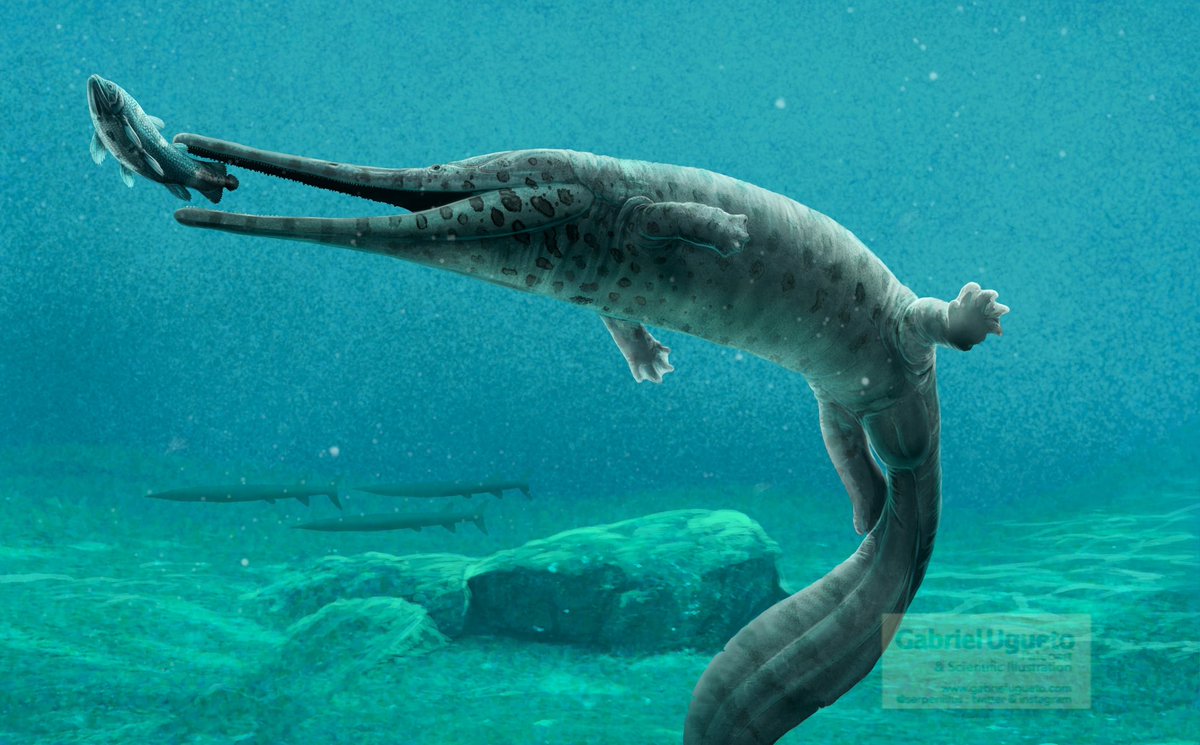
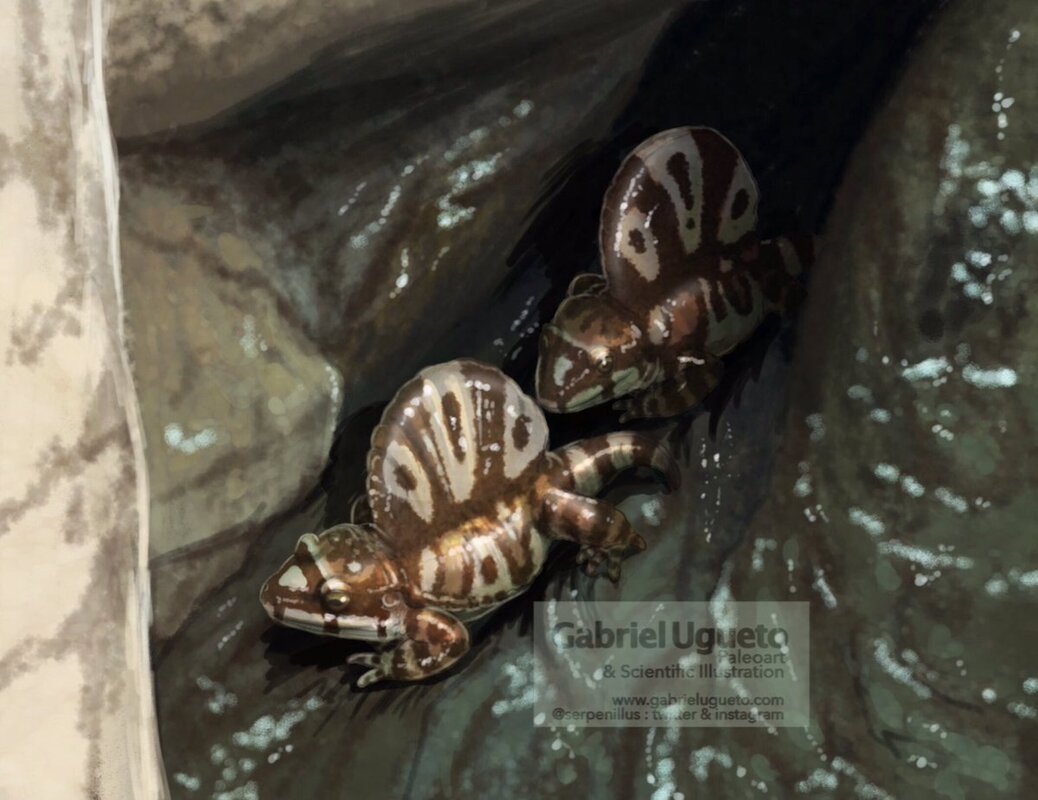
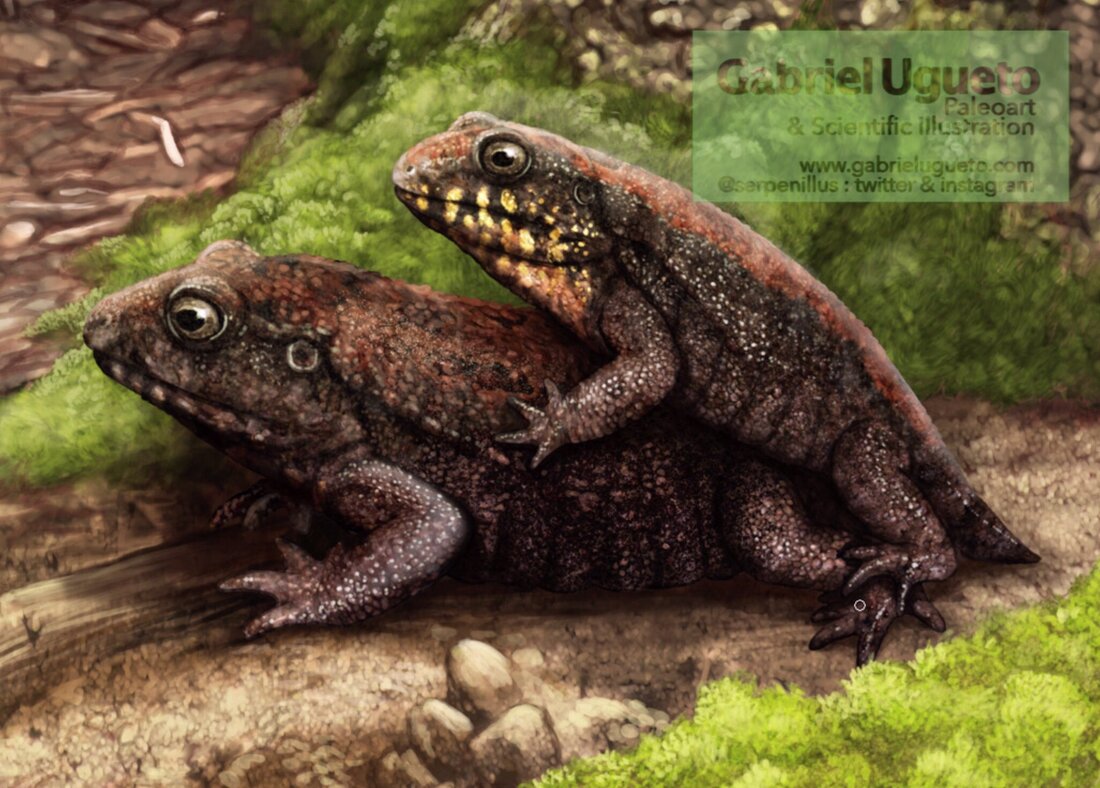
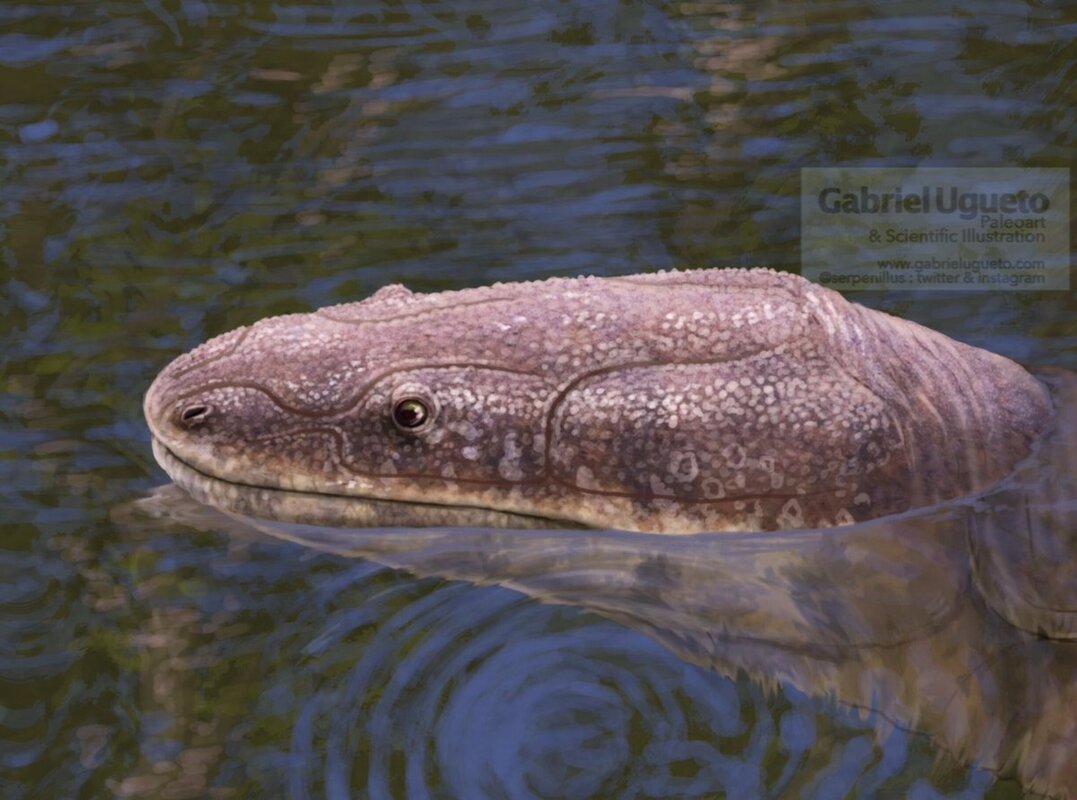
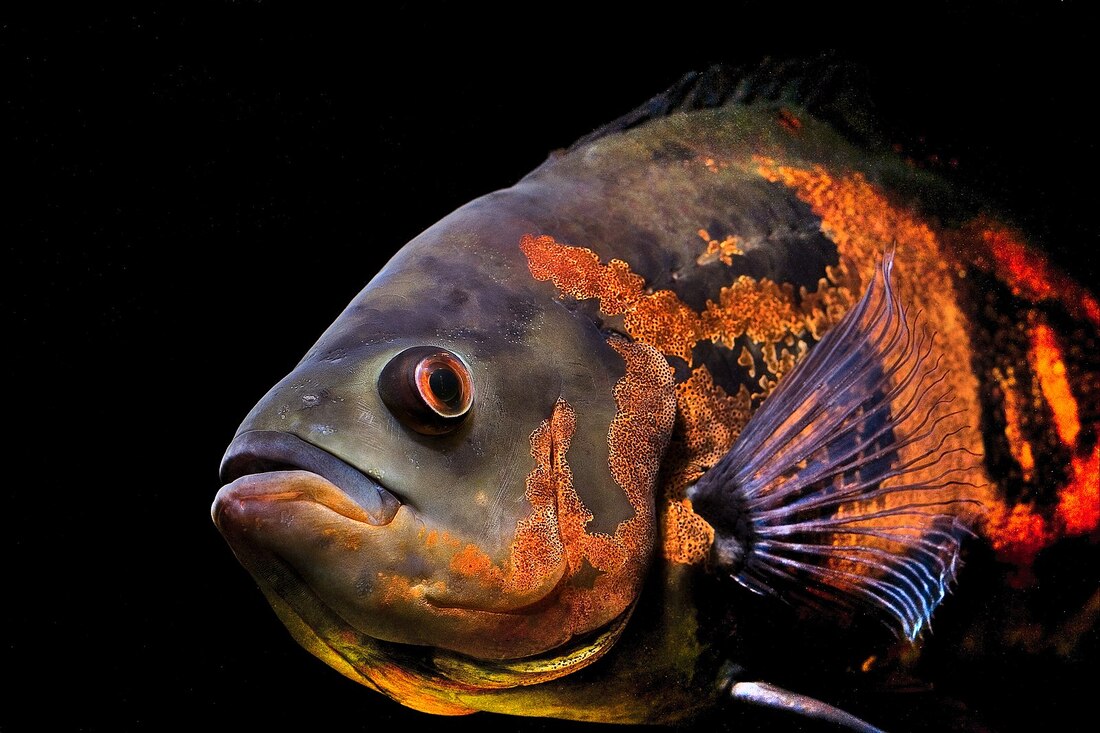
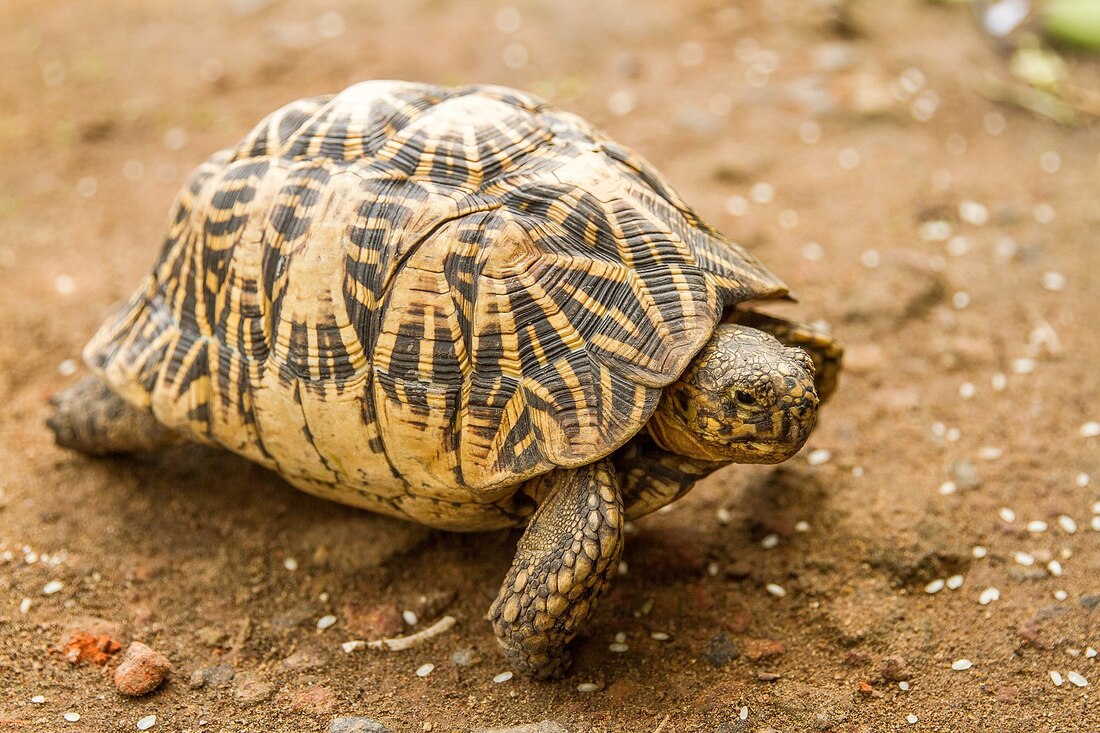
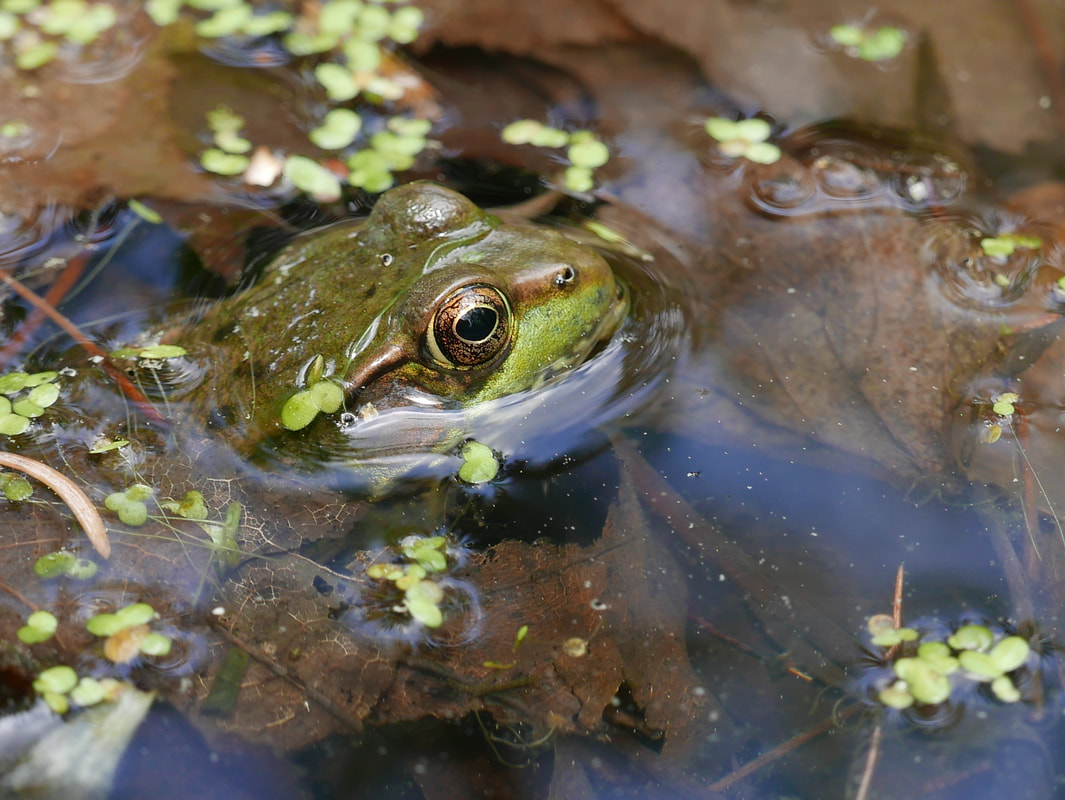
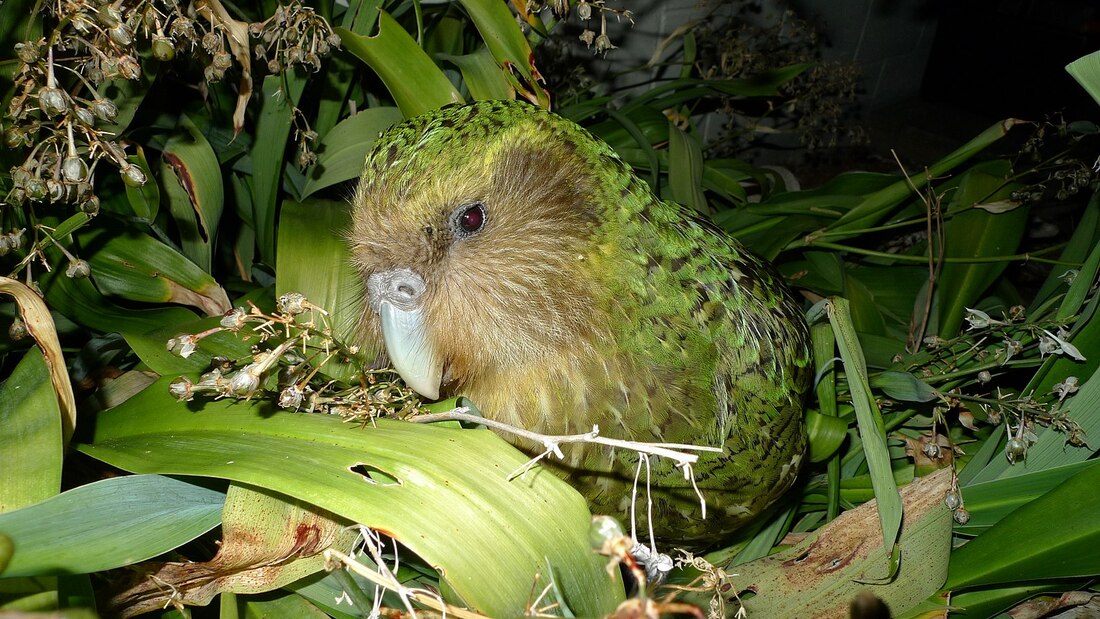

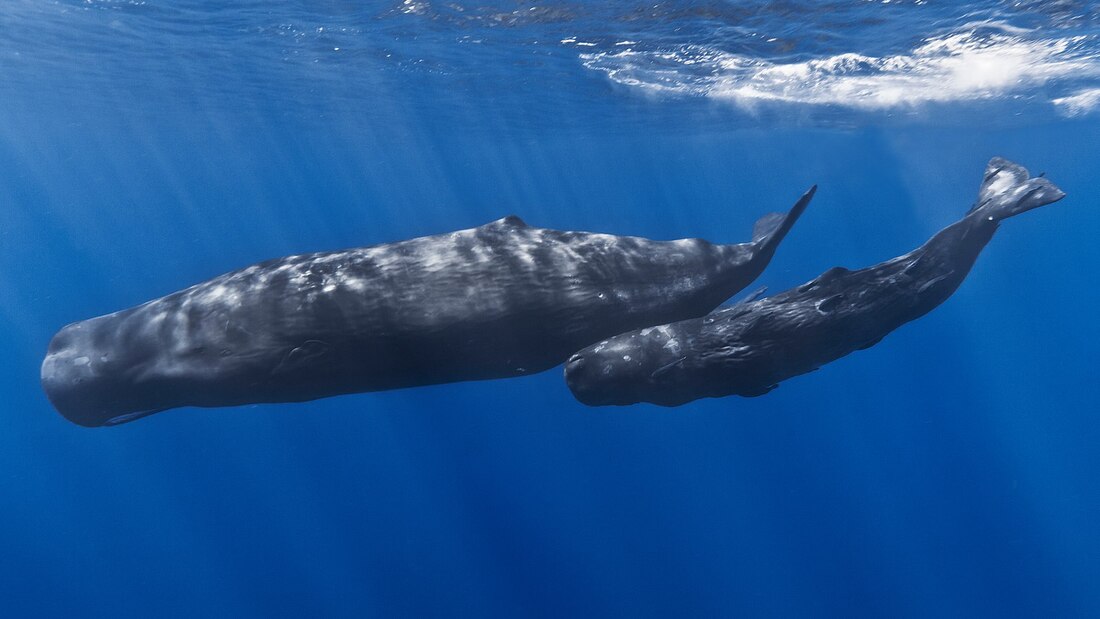
 RSS Feed
RSS Feed
